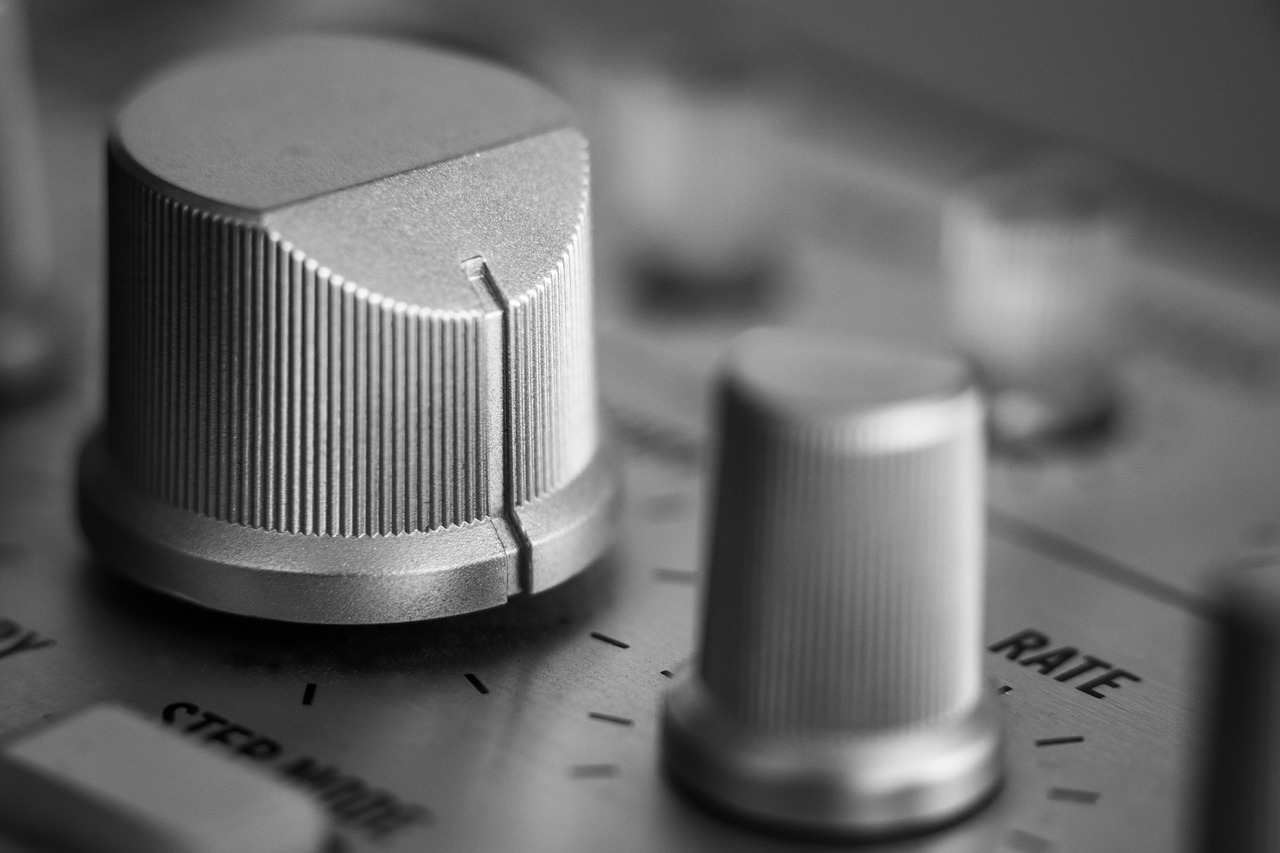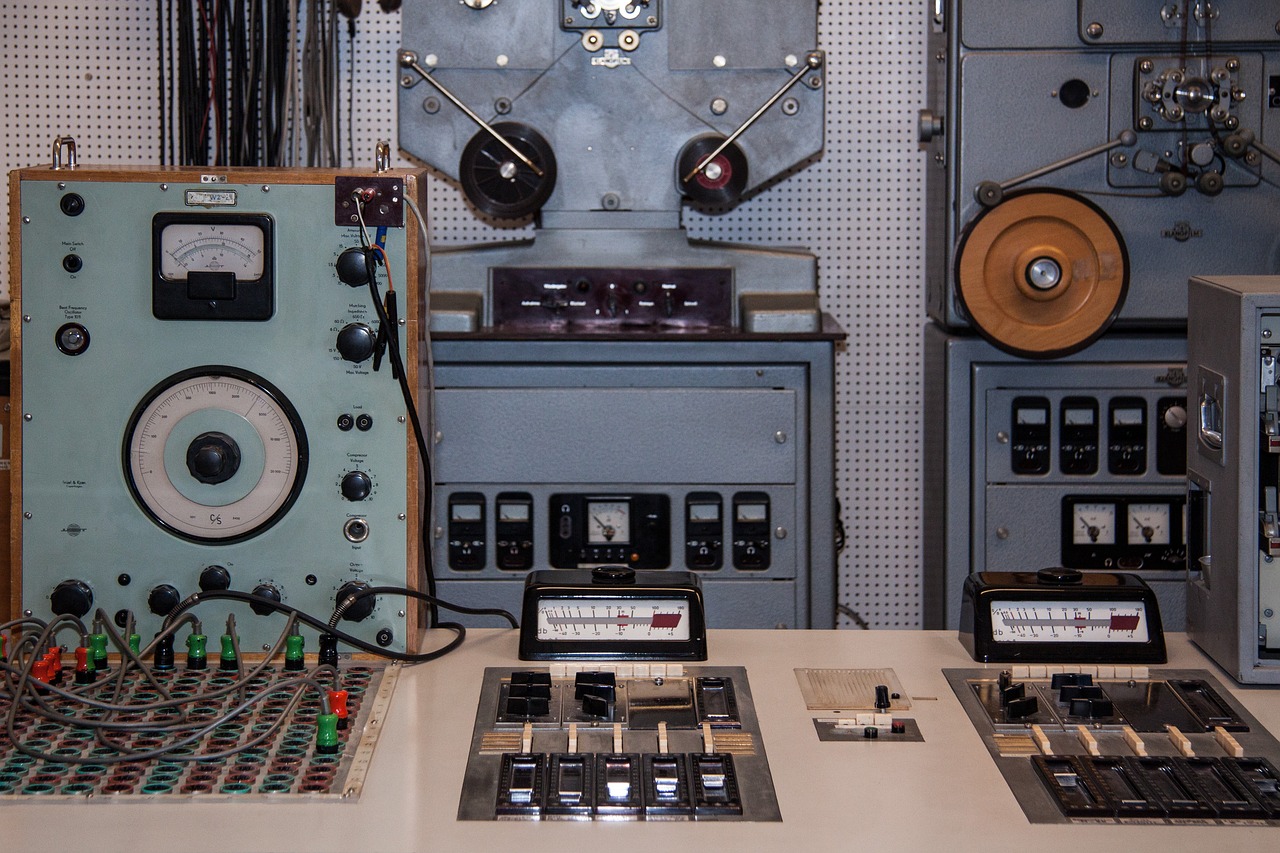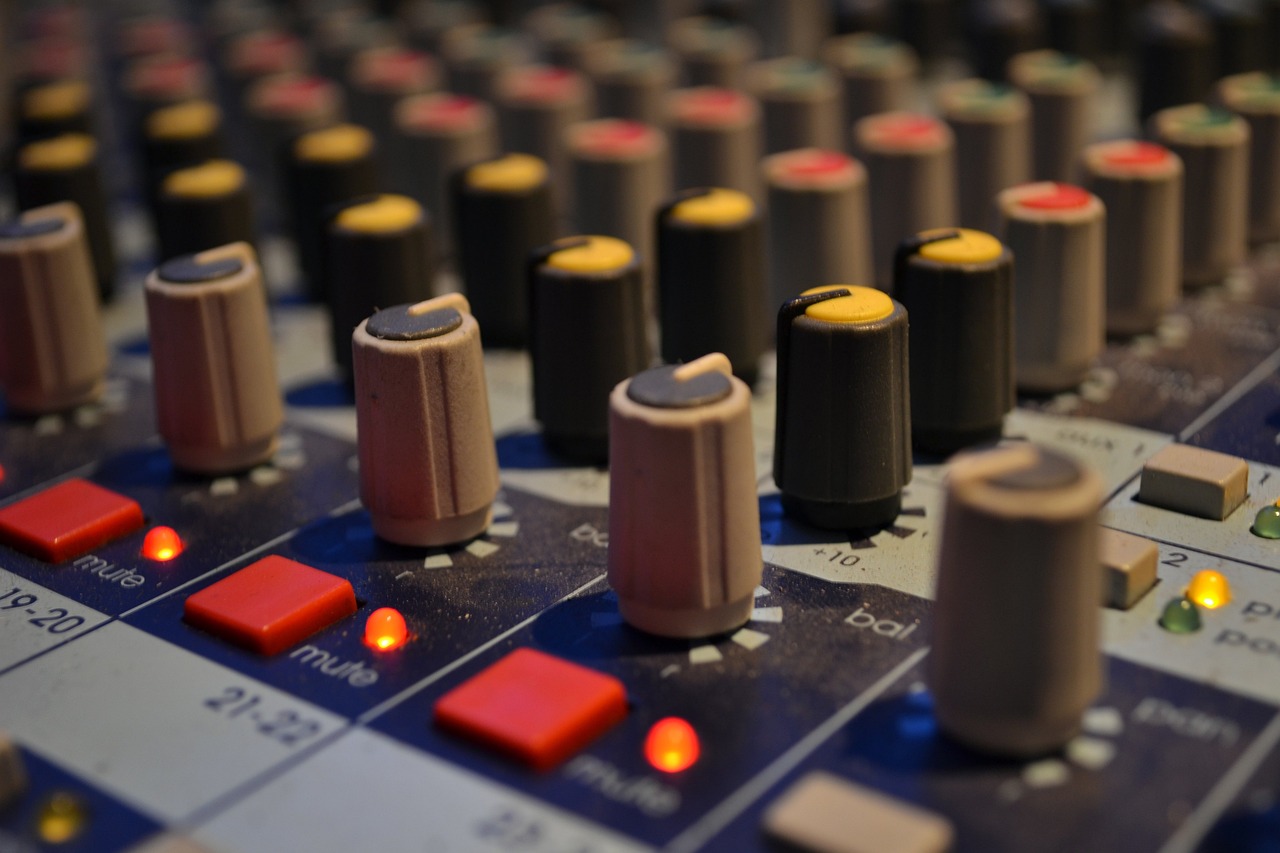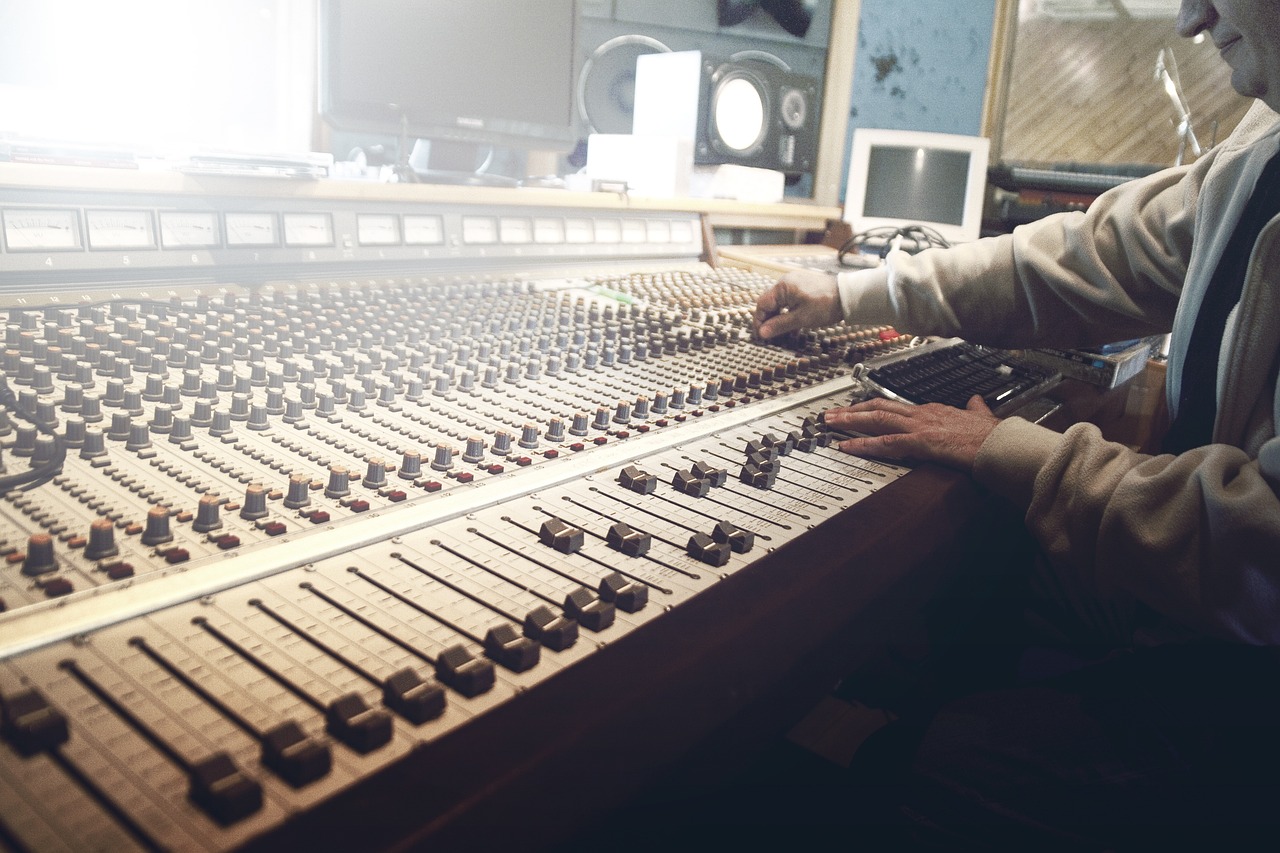Mixing is the magical process that turns raw audio tracks into polished masterpieces. It is a blend of artistry and technical skill that takes place in the heart of the recording studio. From crafting the ideal balance of instruments to adding the finishing touches that bring a song to life, mixing is an integral part of the music production journey. In this article, we will delve into the intricacies of mixing, exploring the techniques, principles, and tools that audio engineers use to create sonic wonders.
- The Foundation of Mixing:
At its core, mixing involves taking individual audio tracks (vocals, drums, guitars, keyboards, etc.) and combining them in a way that enhances each element’s presence while maintaining a cohesive sound. It requires a deep understanding of music theory, arrangement, and instrumentation to make informed decisions about which elements should take center stage and which should serve as supporting layers.
- The Role of an Audio Engineer:
The audio engineer plays a crucial role in the mixing process. Armed with an array of technical tools and a keen ear, the engineer is responsible for adjusting volume levels, panning positions, and frequency balances. They also employ various effects like reverb, delay, compression, and equalization to sculpt the sound to fit the artistic vision of the song.
- Achieving Balance and Clarity:
A well-executed mix achieves balance, ensuring that no single element overpowers the others. Instruments should occupy their unique space within the stereo field, creating a three-dimensional soundscape. Achieving clarity means eliminating unnecessary frequencies, resonances, or harshness that might clutter the mix and distract listeners from the essence of the music.
- The Art of Automation:
Automation is a powerful technique used in mixing to add dynamic changes to the audio elements. By adjusting volume levels, effects parameters, and other settings over time, engineers can introduce movement and emotion into the song. This allows certain elements to shine during specific sections or moments, adding depth and interest to the overall composition.
- Understanding Equalization (EQ):
Equalization, commonly known as EQ, is a fundamental tool in the mixing process. It involves adjusting the frequency balance of individual tracks to ensure that they sit well together in the mix. EQ can boost or cut specific frequency ranges to make room for other elements or to enhance the natural characteristics of an instrument.
- Harnessing the Power of Effects:
Effects like reverb and delay create ambience and spaciousness, giving the mix a sense of depth. Compression helps control dynamic range, ensuring that parts with varying volume levels stay consistent and well-balanced. However, it’s crucial to use effects judiciously, as excessive application can muddle the mix and blur the intended clarity.
- The Importance of Reference Tracks:
Mixing engineers often use reference tracks as a benchmark for their work. A reference track is a professionally mixed and mastered song that shares similar stylistic elements with the project at hand. Comparing the mix to a reference track helps ensure that the engineer is on the right track and provides an objective standard to strive for.
Conclusion:
Mixing is an art form that requires a delicate balance between technical proficiency and artistic sensibility. By blending various audio elements and applying thoughtful processing, audio engineers can turn raw recordings into sonically captivating works of art. The magic of mixing lies in the ability to evoke emotions and immerse listeners in an auditory journey that complements the creative vision of the artist. Whether you’re a musician, audio engineer, or simply a music enthusiast, understanding the art and science of mixing enhances your appreciation for the sonic wonders that surround us every day.










